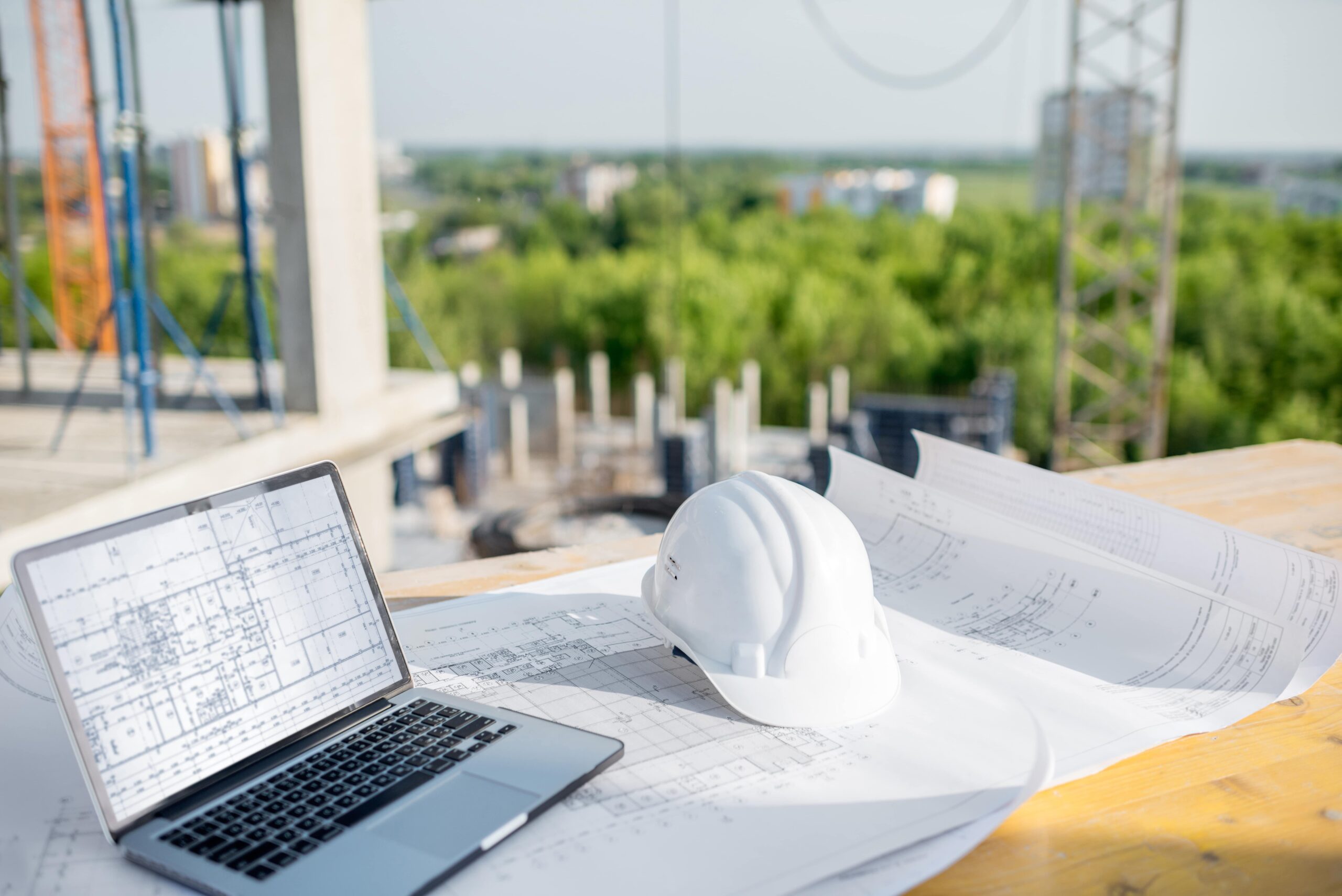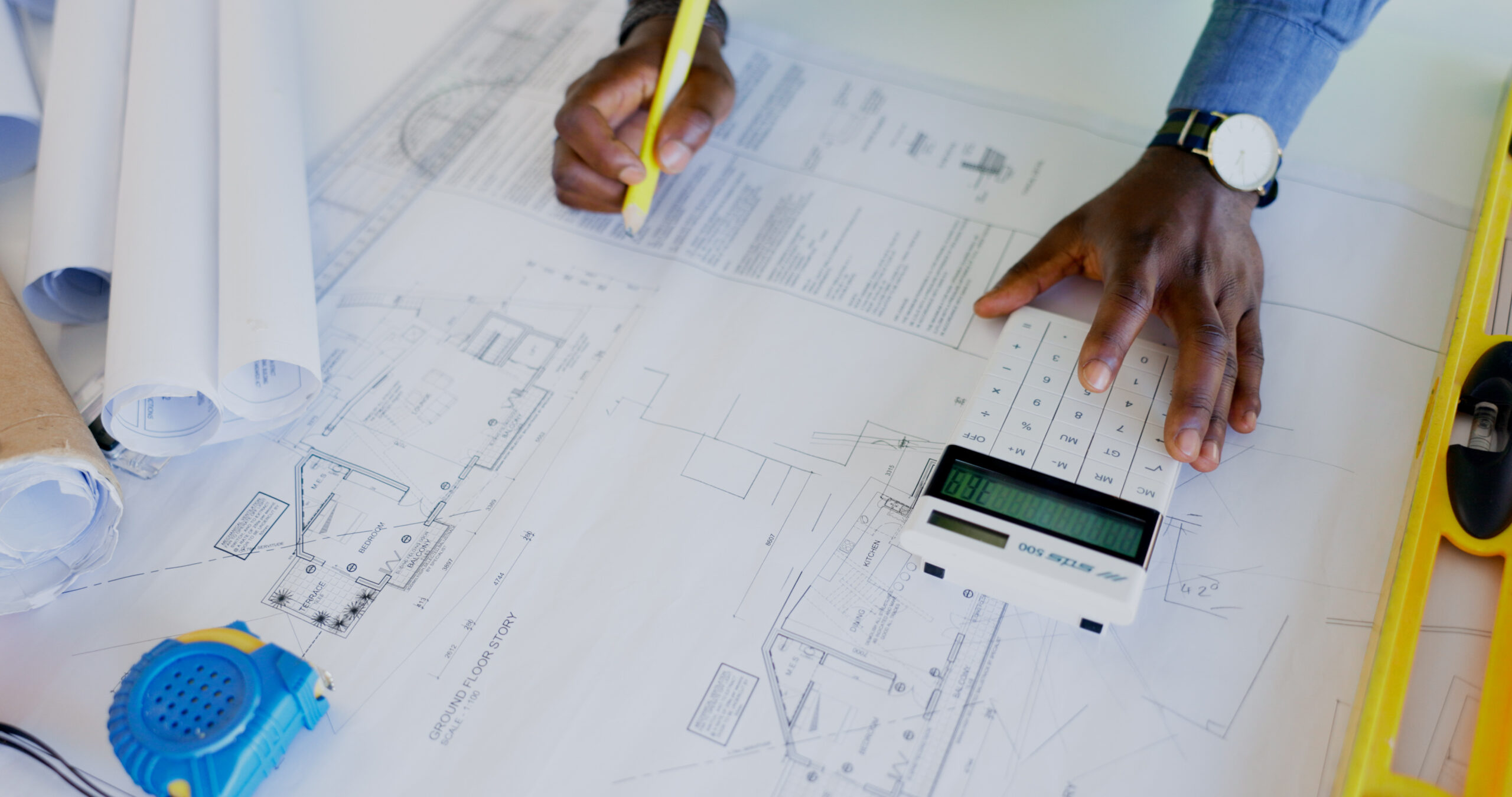
The cost estimation building construction process is the backbone of every successful project in New York City’s fast-paced construction landscape. In a city where space is limited, labour is expensive, and materials fluctuate daily, precision in estimating costs determines profitability, competitiveness, and trust.
At True Bid Data, we believe cost estimation is more than arithmetic—it’s a data-driven science that transforms uncertainty into control. For builders, architects, and developers across NYC, mastering accurate cost estimation means creating smarter, more transparent projects that stay on budget and on schedule.
Understanding Cost Estimation Building Construction
In essence, cost estimation building construction involves forecasting every dollar needed to bring a design from blueprint to completion. It merges quantitative data with strategic foresight—covering materials, labour, equipment, permits, and contingencies.
In New York City, where each borough has unique logistical and market challenges, this process ensures project feasibility and financial predictability long before the first foundation is poured.
A well-prepared estimate provides:
- Financial clarity for stakeholders.
- Competitive advantage in tenders and bids.
- A roadmap for resource allocation and scheduling.
Without it, even the most innovative designs risk budget overruns and timeline disruptions.
The NYC Context: Why Estimation is More Complex Here
Estimating construction costs in NYC requires more precision than in most markets. Every borough—from Manhattan’s dense high-rises to Staten Island’s suburban developments—presents distinct challenges.
Factors that impact cost estimation building construction in New York include:
- Union vs. Non-Union Labour Rates – Variations in skilled labour pricing.
- Material Storage & Access – Limited staging areas increase handling costs.
- Regulatory Requirements – Building codes, inspections, and permits add indirect costs.
- Vertical Constraints – Lifting, crane usage, and hoist rentals affect time and expense.
- Market Volatility – Inflation and material shortages can alter prices monthly.
True Bid Data leverages local data and RSMeans-based cost indices to ensure NYC projects are estimated accurately—without relying on generic national averages.
Components of a Comprehensive Estimate
A professional cost estimation building construction should capture every direct and indirect factor. Core components include:
- Direct Costs – Labour, materials, and equipment tied directly to project execution.
- Indirect Costs – Site overhead, temporary utilities, insurance, and administrative expenses.
- General Conditions – Supervision, mobilisation, safety compliance, and waste management.
- Contingency Allowances – Buffer amounts to cover uncertainties or design revisions.
- Profit and Margin – Contractor mark-up accounting for project risk and scope.
Breaking down costs into these categories ensures transparency and traceability, making it easier to monitor budgets during construction.
The Rise of Data-Driven Estimation
The construction industry has evolved from manual spreadsheets to intelligent, data-powered estimating systems. Data analytics now enables estimators to predict patterns, evaluate risks, and optimise pricing strategies.
True Bid Data incorporates data from:
- Local Supplier Databases – Tracking price changes in materials like steel, concrete, and drywall.
- Labour Analytics – Comparing hourly rates, trade availability, and productivity benchmarks.
- Historical NYC Projects – Using completed project data to validate assumptions.
- Predictive Modelling – Anticipating inflation and logistics costs over project timelines.
Through these tools, cost estimation building construction becomes more precise and adaptable—reflecting real-world market shifts rather than static assumptions.
Role of Technology in Estimation Accuracy
Modern estimation software has become indispensable for today’s NYC estimators. Tools such as PlanSwift, and RSMeans Online automate repetitive tasks and allow seamless integration with Building Information Modelling (BIM).
Technology-driven benefits include:
- Automated Takeoffs – Extracting exact quantities from digital plans in seconds.
- Dynamic Pricing – Integrating live cost data for materials and labour.
- Scenario Testing – Evaluating multiple design and material options instantly.
- Cloud Collaboration – Teams can update estimates simultaneously from different locations.
For projects in New York City, where time and precision are critical, these tools reduce manual errors and increase estimator efficiency.
Value Engineering Through Estimation
Accurate cost estimation isn’t just about cost prediction—it’s about optimization. Through value engineering, estimators identify cost-saving alternatives that maintain functionality and quality.
For instance, substituting imported finishes with high-performance local materials can reduce costs and lead times. Similarly, choosing modular construction methods can cut labour hours in dense urban areas like Manhattan.
By combining engineering insight with data analysis, value engineering transforms estimation into a tool for innovation rather than mere cost control.
Estimation as a Risk Management Tool
In construction, risk is inevitable—but measurable. Data-driven cost estimation building construction turns risk management into a proactive strategy.
Estimators use predictive modelling to evaluate:
- Material price fluctuations.
- Labour shortages or overtime impacts.
- Scheduling disruptions from weather or compliance delays.
By quantifying these risks early, project teams can set realistic contingencies and maintain financial stability even when conditions shift.
Strategic Impact on Stakeholders
Every decision in construction from design approval to bid submission—is tied to estimation accuracy. A strong estimate strengthens trust among all parties:
- Contractors gain credibility and competitiveness in bids.
- Developers understand the true financial scope before securing funding.
- Architects refine designs based on cost feedback, ensuring feasibility.
- Clients benefit from transparent budgeting and fewer disputes.
This synergy between data and collaboration ensures that each NYC project progresses with confidence and control.
The Future of Cost Estimation
The future of cost estimation building construction lies in artificial intelligence and real-time analytics. AI systems will soon analyse thousands of NYC project datasets, weather trends, and vendor quotes to generate instant cost projections with exceptional accuracy.
True Bid Data is leading this evolution by empowering estimators with predictive tools and automation systems that convert complex data into clear financial insights—supporting better, faster, and more profitable decision-making.
Final Thoughts
In a market as challenging as New York City, cost estimation building construction is not just an administrative step it’s the strategic foundation of project success. With accurate, data-driven estimates, construction professionals can manage uncertainty, build trust, and ensure profitability.
True Bid Data continues to set the benchmark for intelligent cost estimation by integrating analytics, technology, and local expertise to deliver transparency and precision for every NYC project.




